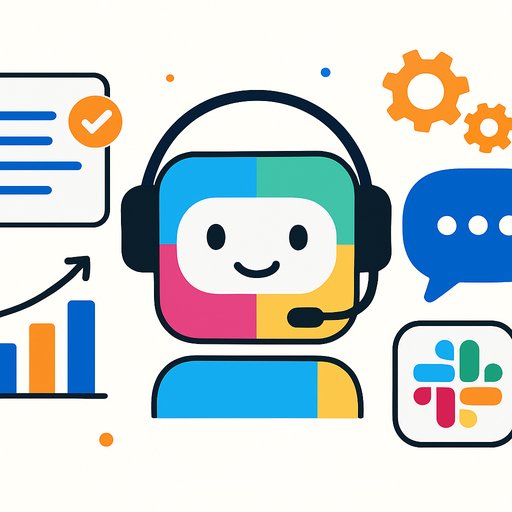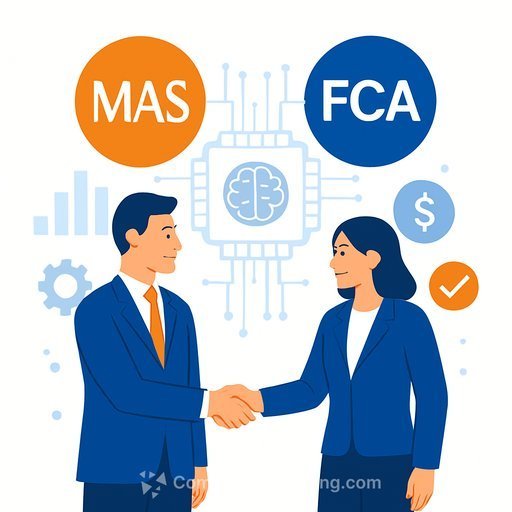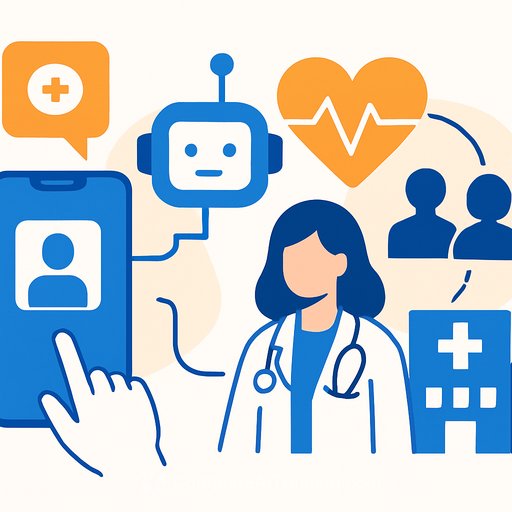Slack Tests a Personalized AI Assistant: What Managers Should Know
Slack is turning its longtime Slackbot into a personalized AI assistant that can answer questions, build project plans from meeting transcripts, analyze reports, and draft campaign ideas. It pulls context from your team's conversations and files to deliver quick summaries and next steps. According to Slack, the assistant sits at the top of the app so users can message it directly with questions like "What should I cover in this upcoming meeting?" The feature is in testing now, with a broader release expected by year-end.
Learn more about Slack's AI direction on its product page here.
What the new Slackbot does
- Answers questions by using context from messages and files your team can already access in Slack.
- Builds project plans from meeting transcripts, complete with tasks and owners.
- Drafts social media campaigns that reflect your brand's tone.
- Connects to third-party apps like Google Drive, Google Calendar, Microsoft Outlook, Salesforce, and OneDrive to expand its knowledge.
- Accessible via a dedicated icon at the top of Slack; start a direct message and ask for summaries, action items, or recommendations.
What's coming next
- Slack says the assistant will be able to "take action on your behalf," including building specialized AI assistants around specific roles or needs.
- Slack already supports third-party AI agents (OpenAI, Anthropic, Google, Perplexity, and more) inside the platform.
Why this matters for managers
- Fewer handoffs: meeting transcripts turn into plans without a separate tool.
- Faster decisions: on-demand summaries of reports and channel threads.
- Better visibility: consistent updates across teams without extra status meetings.
- Reusable playbooks: prompts and workflows become shared team assets.
Practical rollout checklist
- Define scope: start with 1-2 teams (e.g., Marketing and PM) and a clear success metric (time-to-plan, time-to-report, meeting reduction).
- Review access: confirm channel permissions, data retention, and which private channels are off-limits.
- Connect apps with least privilege: link Drive, Calendar, Outlook, Salesforce, and OneDrive where needed-nothing extra.
- Establish guardrails: what content is in-bounds, what requires manual review, and who approves external publishing.
- Create a prompt library: agreed phrasing for status updates, project plans, campaign drafts, and post-mortems.
- Measure and iterate: track time saved, quality of outputs, and error rates; refine prompts and access as you go.
Governance and risk checklist
- Data sources: the assistant can only use content users can already access-verify permissions and retention policies.
- Sensitive channels: keep HR, Legal, M&A, and exec-private spaces excluded from pilots.
- Audit & review: log key outputs for QA; require human sign-off for external communications.
- Vendor review: note that Slack can work with third-party AI agents; confirm compliance and procurement requirements.
High-value use cases to pilot
- Project planning: "Create a two-week plan from this transcript with owners and due dates."
- Report analysis: "What stands out in this deck? List 5 insights and 3 risks."
- Meeting prep: "For the QBR, what should I cover based on the last 30 days in #sales-leadership?"
- Marketing support: "Draft a social campaign in our brand voice using the assets in the 'Launch' Drive folder."
- Risk scanning: "Summarize blockers mentioned in #project-alpha this week and suggest mitigations."
Integrations to enable first
- Google Drive or OneDrive for documents and briefs.
- Google Calendar or Outlook for meeting context and follow-ups.
- Salesforce for pipeline, accounts, and forecast summaries.
Access and timing
- The assistant is currently being tested by 70,000 employees at Salesforce.
- Slack plans to introduce the feature to all users by the end of the year.
Manager action plan
- Pick a pilot team and two workflows (planning + reporting). Run a 30-day test.
- Set clear boundaries, connect only necessary apps, and track ROI weekly.
- Codify what works into prompts, templates, and a short playbook.
Want structured training for your team's rollout? Explore manager-focused paths at Complete AI Training.
Your membership also unlocks:






